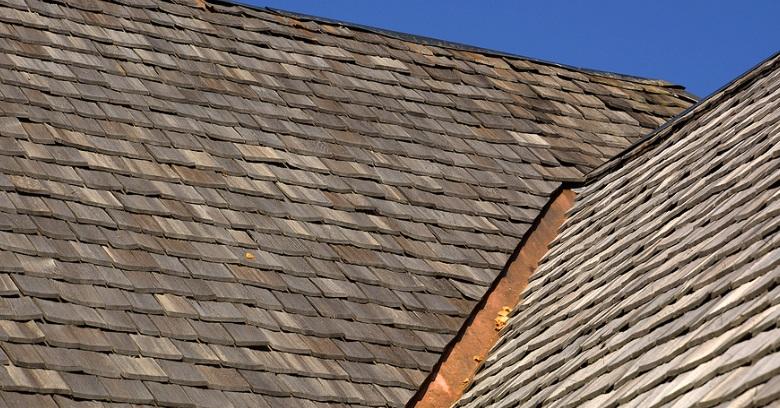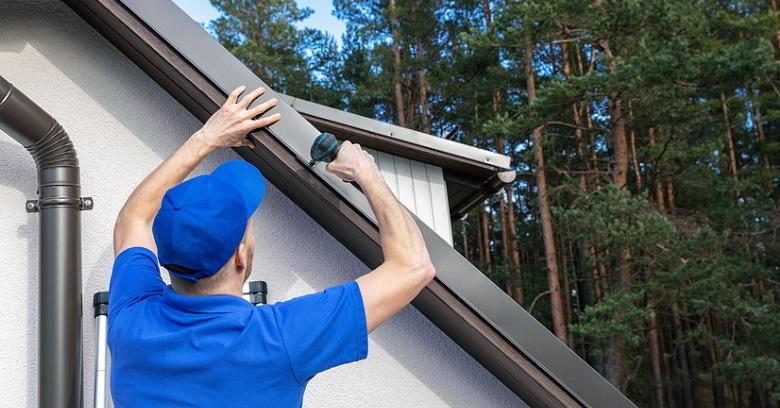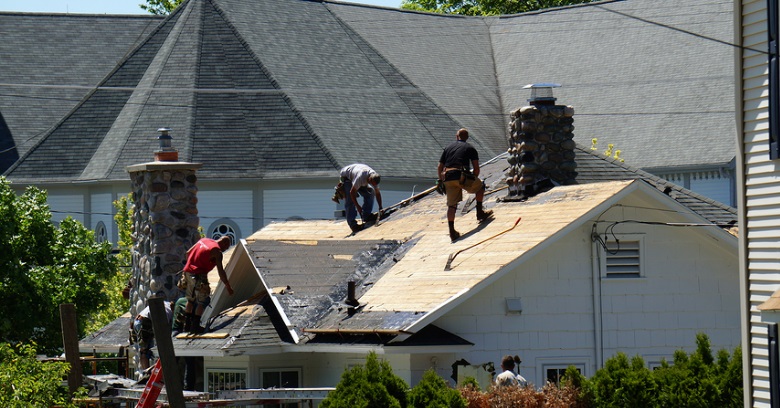The earth’s environment is suffering more each year due to pollution, destruction of habitats, and many other practices that are changing the planet forever.
In response to this problem, many manufacturers of building supplies including those producing roofing materials have begun designing products that are more environmentally friendly.
The question is, are those products sustainable, too?
If you’re looking for a truly environmentally sound roof, pay attention to sustainability while choosing your materials.
What Is Sustainability?
Though they are related, sustainability is not the same thing to roofers as environmental friendliness to which it is commonly confused with and compared.
A sustainable natural material is one that’s sourced in ways that does not deplete a natural source or environment of that material.
It’s a method of harvesting what is essentially an unlimited material as long as the land is left undamaged so that material can continue to replenish itself.
Environmentally-Friendly Roofing Materials Vs. Sustainable Ones
Sustainable raw materials are environmentally-friendly, but not all environmentally-friendly materials are sustainable.
In terms of roofing materials, it has the most to do with natural materials that have to be grown or harvested, how quickly they replenish, and what is being done throughout the world to keep those resources replenishing.
Environmentally-friendly materials used by roofers include those that have a reduced carbon footprint.
Many are more thermo-effective, reducing the utility costs and the pollution made from creating energy while others are made of materials that can either be recycled and used again or buried to decompose naturally and become a part of the soil.
Durability and longer life expectancy, and cleaner production practices all contribute to environmental-friendliness; however, most of these products are still not sustainable.
What Sustainable Roofing Products Are Available Today?
While there are quite a few environmentally-friendly roofing materials available today, the list of products that are truly sustainable is fairly small.
Materials that must be mined for or are made using petroleum products are not sustainable as those are non-replenishable resources.
Products made from cement are also not sustainable due to the pollution generated to produce it.
There is debate over whether shingles made from clay are sustainable and manufacturers claim that since it is a nearly unlimited material, it is as close to sustainable as anything can be.
What truly sustainable materials are available?
Wood shakes and shingles are the most sustainable roof materials out there, since trees can be harvested and then regrown.
Of course, the degree of sustainability depends on the type of wood, where it’s harvested, and whether it’s being sustainably replanted; however, overall wood is considered sustainable.
Other materials that are considered as nearly sustainable due to their ability to be recycled and how they are produced include metals like steel, aluminum, copper, and as mentioned above clay tiles.
Green, or living roofs are also considered sustainable, especially when used to reduce utility bills and grow food and other vegetation.
Beyond these options, the higher the percentage of recycled content in a product, the more sustainable it is as it reduces the amount of new resources that must be sourced.
Sustainable Roofing Materials Scarce, But Available
There is more to environmental-friendliness and roofs than just recyclability and biodegradability.
Sustainability is another issue to consider when shopping for the materials used by roofers.
Though truly sustainable materials are rare, sticking with eco-friendly products containing the highest amount of recycled materials is the best alternative for roofing products!







